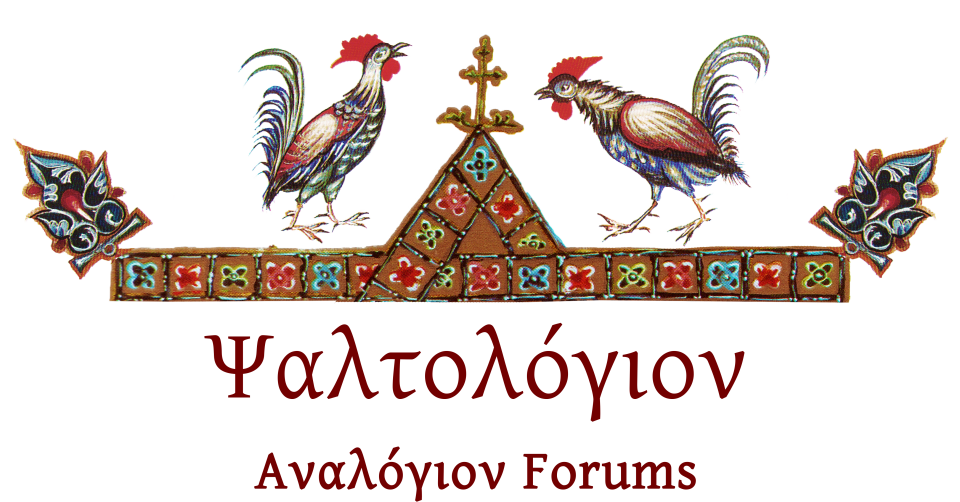Tetrachords in a scale can be either joined or separated.
According to Grout et al's "A History of Western Music,"[1] two tetrachords are
conjunct "when the bottom note of one is the same as the top note of the other," and two tetrachords are
disjunct "when the bottom note of one is a whole tone above the top note of the other." These terms are clarified in the Wikipedia article "
Tetrachord" as follows:
Wikipedia said:
Larger scales are constructed from conjunct or disjunct tetrachords. Conjunct tetrachords share a note, while disjunct tetrachords are separated by a disjunctive tone of 9/8 (a Pythagorean major second). Alternating conjunct and disjunct tetrachords form a scale that repeats in octaves. ...
Define a tetrachord as a four-note segment of an octave, bounded by the interval between the first note and the fourth note (which is the sum of the intervals between the first note and the second note, the second note and the third note, and the third note and the fourth note). Then an octave in the diatonic, soft chromatic, or hard chromatic scale can be divided into two disjunct tetrachords with a disjunctive tone between them. Inversely, a disjunctive tone can be inserted between two consecutive tetrachords in the above scales to form an octave.
Note that the above statement and its inverse are logically equivalent. The term
disjunctive tone in both refers not to the combination of two tetrachords in order to form an octave (nor, inversely, to the division of an octave into two tetrachords), but rather to the fact that neither tetrachord shares a note with the other (i.e., the two sets of notes are disjoint).
(P.S.: Confusingly enough, the Wikipedia article "
Steps and skips," citing Bonds' "A History of Music in Western Culture,"[2] reveals that a step, or
conjunct motion, is an interval between two pitches which are consecutive scale degrees, while a skip, or
disjunct motion, is any larger interval. By this definition, a disjunctive tone is a conjunct motion!)
[1] Donald J. Grout, Claude V. Palisca and J. Peter Burkholder,
A History of Western Music, 7th ed. (New York: W. W. Norton, 2006).
[2] Mark Evan Bonds,
A History of Music in Western Culture, 2nd ed. (Upper Saddle River, NJ.: Prentice Hall, 2006), 123.
